Afrobeats is everywhere right now. Stadium tours are selling out, playlists are full of Nigerian records, and the diaspora has turned local hits into global anthems. The money picture is more complicated. Streaming does pay, but not the way most people think, and not evenly across markets or deals.
The most useful place to start is with how streaming royalties actually work. There isn’t a single “per-stream rate” that platforms pay. Services pool subscription and ad revenue each month, then divide that pool by share of listening. In other words, what an artist earns depends on how big the pie is that month and what slice their catalog commands. Spotify spells this out clearly in its Loud & Clear explainer, which is why quoting a fixed cents-per-stream number is misleading.
The broader market context matters because it sets the size of the pie. IFPI’s latest Global Music Report shows recorded-music revenue rose 4.8 percent in 2024 to 29.6 billion dollars, with paid subscriptions reaching about 752 million users. Sub-Saharan Africa was one of the fastest growing regions at 22.6 percent, crossing roughly 110 million dollars for the first time. Growth is real, but the distribution is uneven by region and price tier.
Nigeria sits inside that regional surge, but local economics still shape outcomes. Affordability is the biggest barrier to mobile internet adoption across many low and middle income countries, which affects how often people stream and what plans they can pay for. Lower average revenue per user means the local royalty pool is smaller than what the same listening would generate in the US or EU. The GSMA’s 2024 connectivity report underlines this affordability gap and its drag on usage.
Even with those headwinds, the Nigeria signal on Spotify has strengthened. Reuters reported that in 2024 Spotify paid more than 58 billion naira to Nigerian artists, about 38 million dollars, more than double year on year. South African artists earned roughly 400 million rand, about 21 million dollars. Spotify also highlighted export listening as a driver, with hundreds of millions of user playlists featuring Nigerian acts. The point for managers is simple: streams from higher price markets are worth more, and export discovery multiplies the value of the same song.
Platform mix matters too. Spotify, Apple Music and YouTube Music have larger paid bases and higher price points in core markets, so their royalty pools scale faster. Nigeria’s price points are rising as well. In April 2025 YouTube Music lifted its individual plan from ₦900 to ₦1,300 per month and the family plan from ₦1,400 to ₦2,000. That is a small but concrete nudge to local ARPU and, over time, to the payout pool.
Services built for African usage are crucial for reach. Boomplay and Audiomack have deep penetration through freemium models and device partnerships, which is why they unlock huge audiences in Nigeria. Freemium plays generate less per user than premium subscriptions, but these platforms also ship features that push money closer to artists. Audiomack’s Supporters tool lets fans directly back releases and buy badges that sit alongside the music, adding a layer of income outside the pooled royalty model.
So where does that leave a working Nigerian artist today? Streams are a pillar, not the whole house. After the platform pays the rightsholder, the money still travels through the usual split chain. Labels or distributors recoup advances and take their agreed share. Producers and songwriters get master points and publishing. Managers take commission. The artist’s “check” is what remains. Because the model pays by share of listening and market mix, the practical levers for artists are old school and specific. Grow audience where plans are expensive. Own more of the master and publishing where possible. Time releases with touring, brand rollouts and sync windows so each reinforces the other.
There is movement in all three levers. Export discovery is rising, which is why that 58-billion-naira figure materialized and why the number of Nigerian artists earning meaningful sums from Spotify keeps climbing. Subscription prices in Nigeria are inching up, which should lift the local pool gradually. Direct-to-fan tools on Audiomack and elsewhere add cash flow that is not limited by pro-rata accounting. None of this makes streaming a silver bullet, but it does make the system more legible for the artists building careers in it.
If you want a clean mental model, use this: there is no universal rate. What you earn per play changes by month, by platform and by country. Global revenue is growing, and Sub-Saharan Africa is among the fastest climbers, but higher value streams still come from higher priced markets. Nigeria’s streaming culture is scaling, and the diaspora is the multiplier. Ownership, deal terms and a smart release plan are what turn attention into income.
Behind every viral hit is a business that’s still learning how to pay fairly and Afrobeats is slowly forcing that lesson on the global stage.

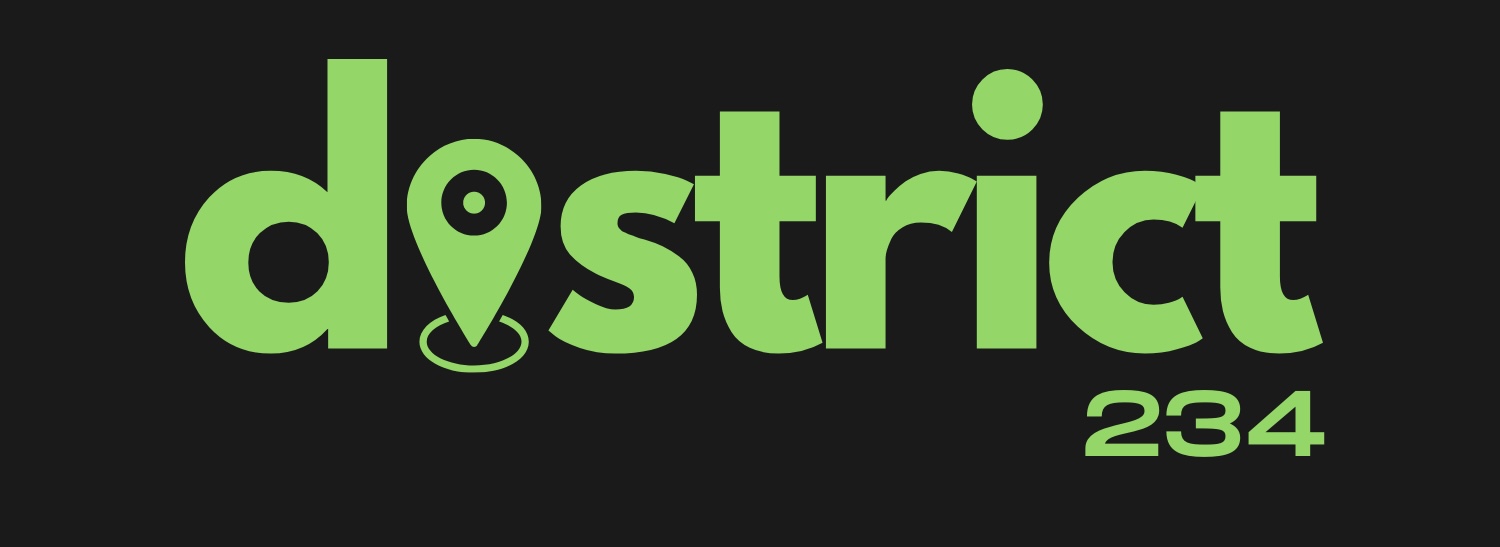


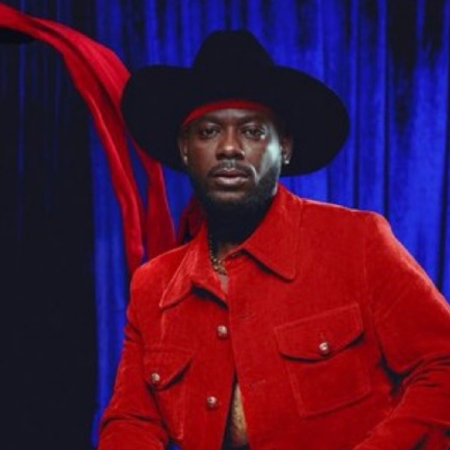


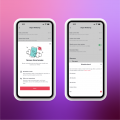
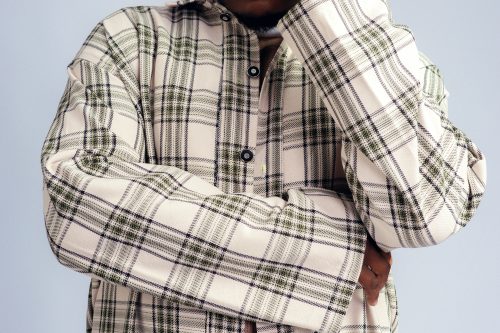
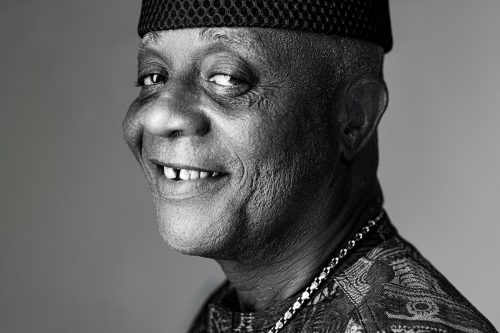
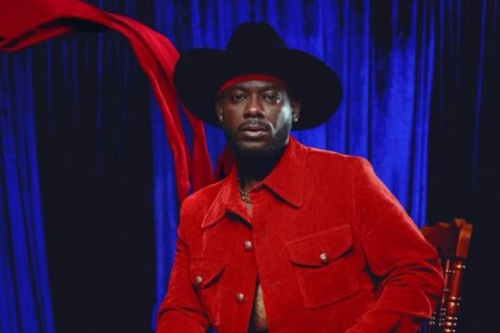
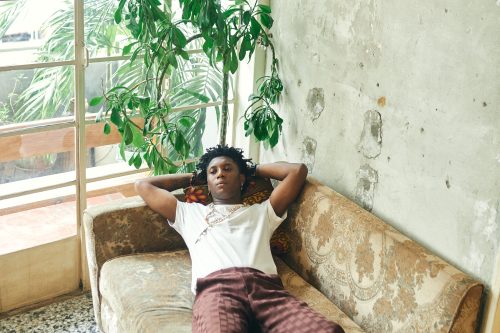
Leave a Reply